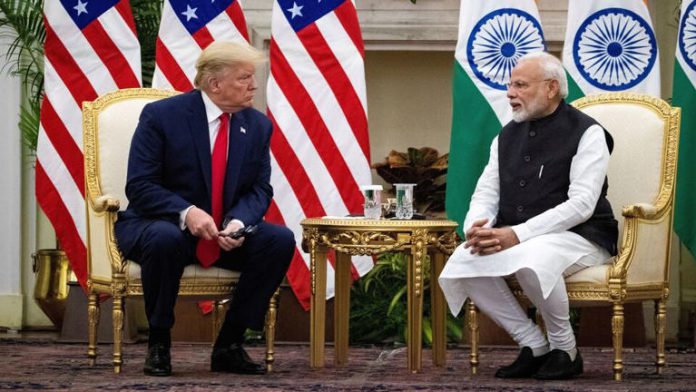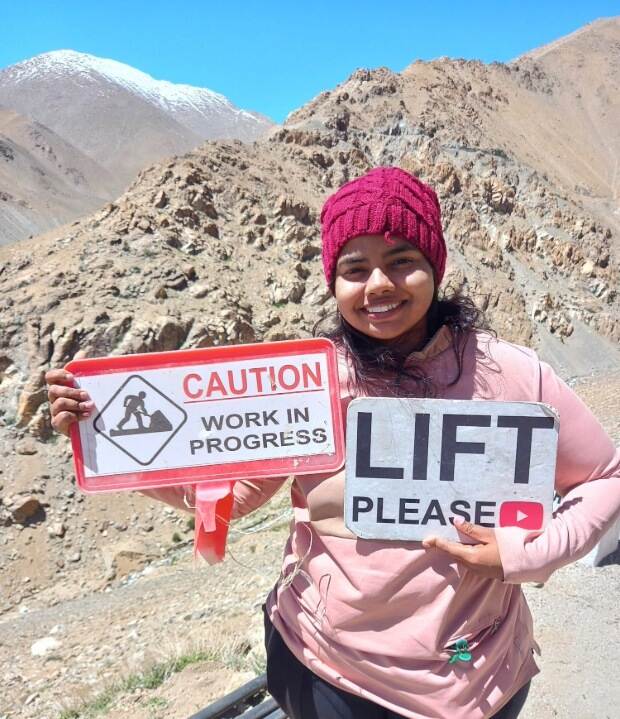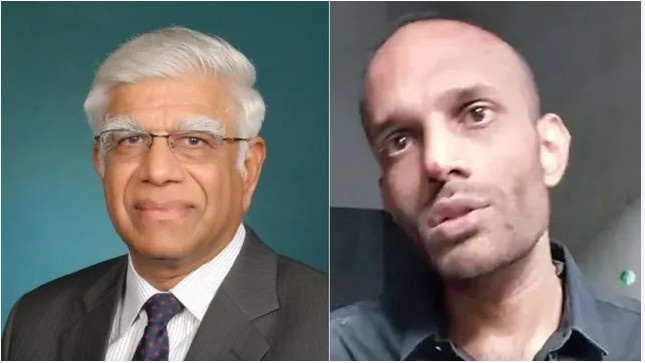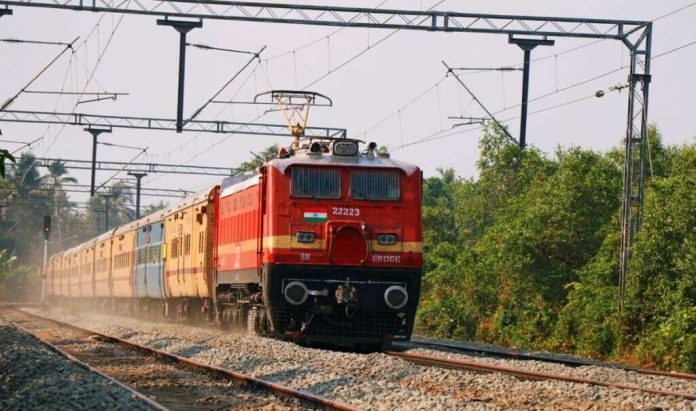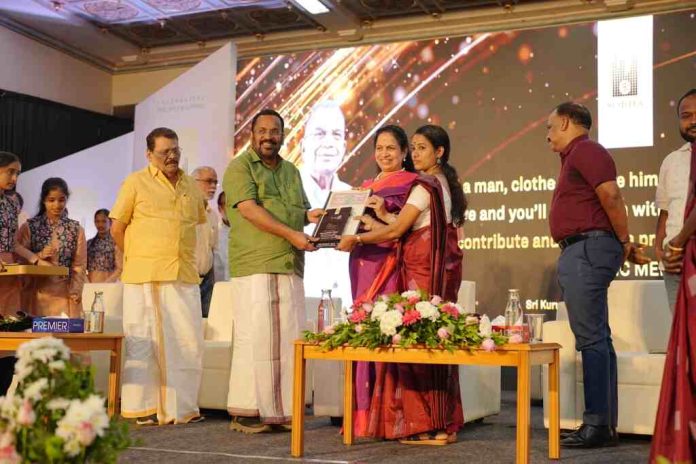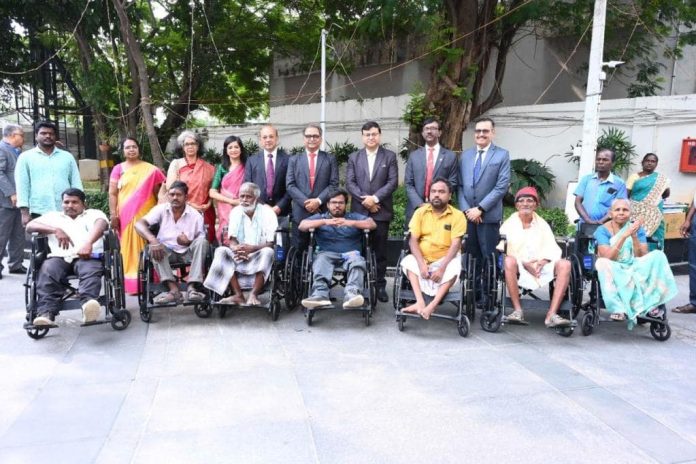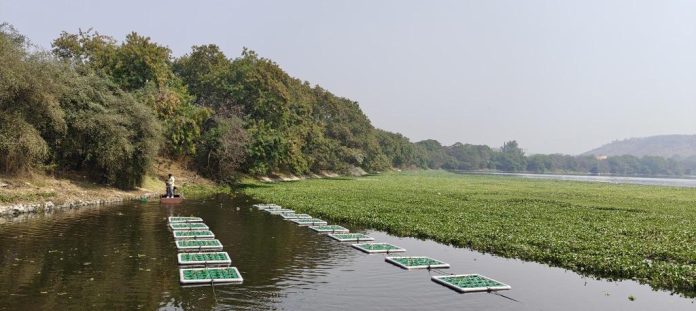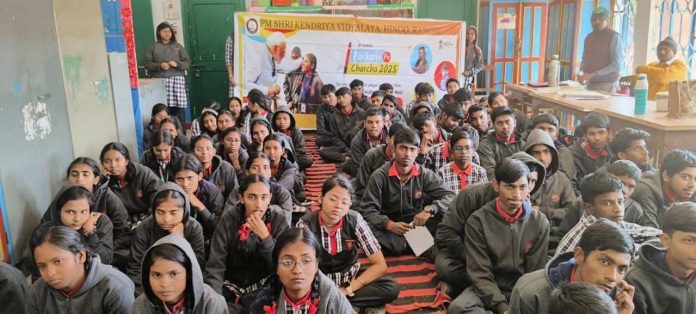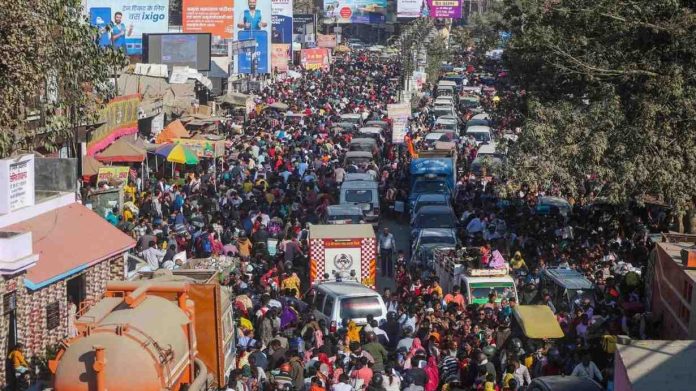अब अडानी ग्रुप हेल्थकेयर में भी आने वाला है। कई इंडस्ट्रियल सेक्टर में अपनी महत्वूपर्ण उपस्थिति के साथ देश के विकास में अग्रणी भूमिका निभाने वाली कंपनी अदाणी ग्रुप (Adani Group) अब किफायती स्वास्थ्य सेवा और मेडिकल एजुकेशन में अपने कदम बढ़ा रही है। इस कड़ी में अदाणी ग्रुप के चेयरमैन गौतम अदाणी (Gautam Adani) ने अदाणी हेल्थ सिटी (AHC) इंटीग्रेटेड स्वास्थ्य परिसरों के शुभारंभ की घोषणा की है। गौरतलब है अदाणी हेल्थ सिटी को अदाणी ग्रुप की गैर-लाभकारी हेल्थकेयर शाखा के माध्यम से कार्यान्वित किया जाएगा। अदाणी ग्रुप ने इसके लिए दुनिया के सबसे बड़े गैर-लाभकारी मेडिकल ग्रुप ‘मेयो क्लिनिक’ (Mayo Clinic) के साथ हाथ मिलाया है।
Proud to launch Adani Health City in partnership with Mayo Clinic, pioneering world-class medical research, affordable healthcare & education. Starting with two 1000-bed hospitals and medical colleges in Ahmedabad & Mumbai, we are on a mission to bring cutting-edge medical… pic.twitter.com/KQ6Xoql3FH
— Gautam Adani (@gautam_adani) February 10, 2025



